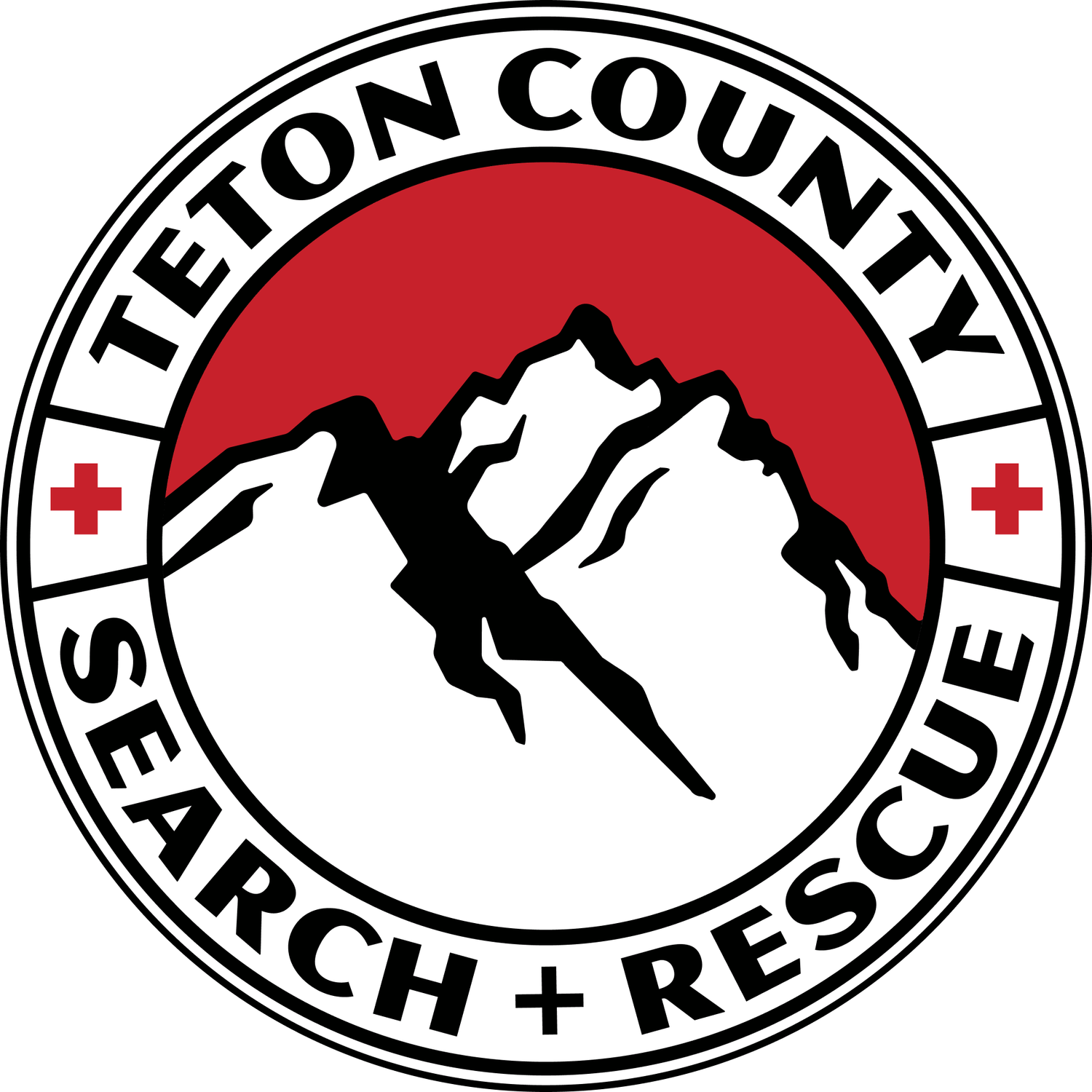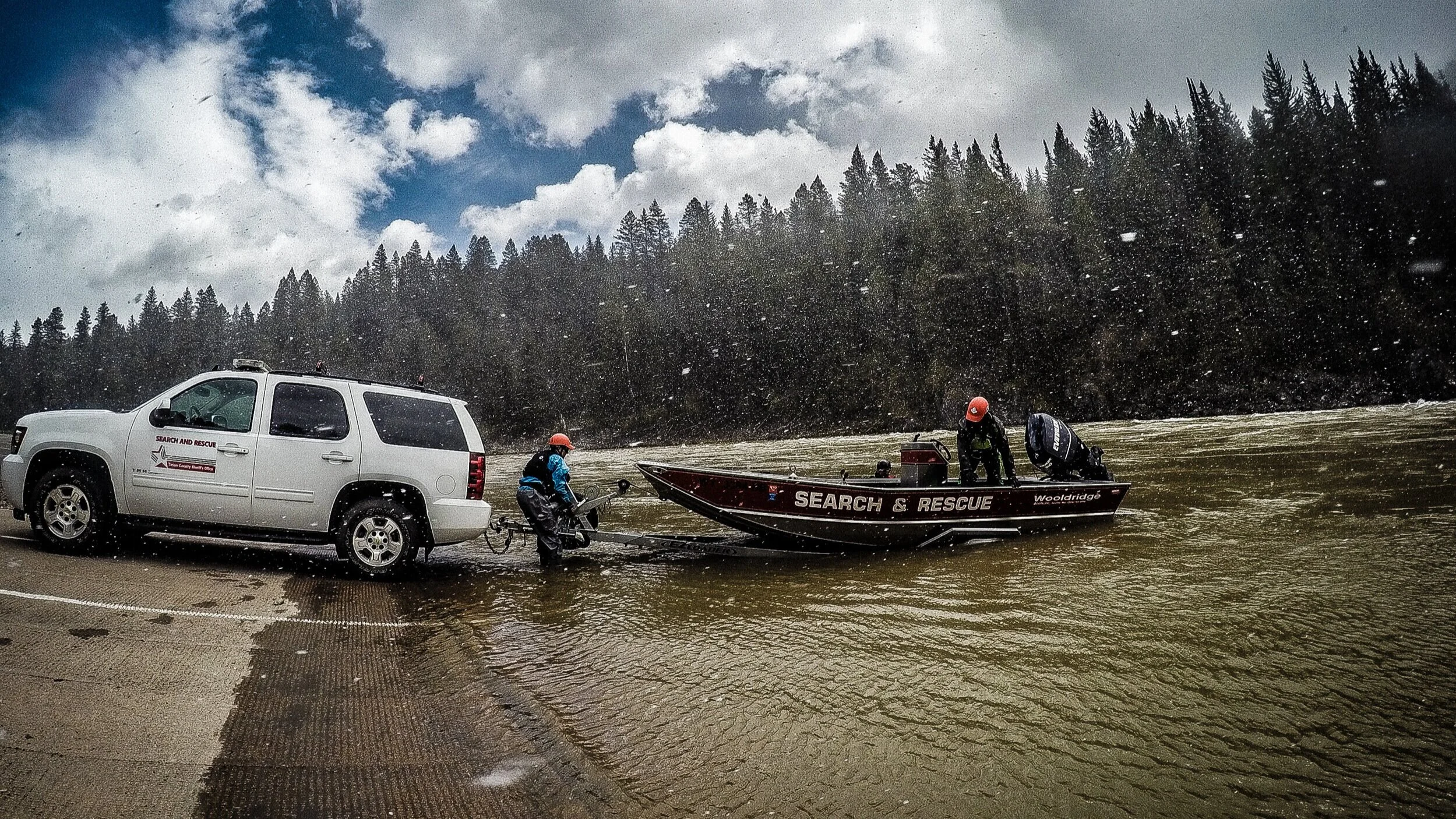Just 10 days left to support TCSAR volunteers during the most important fundraiser of the year to keep Jackson Hole's backcountry safe
A defining characteristic of Jackson Hole is its immense backcountry providing stunning scenery and unique wilderness experiences. Given the rugged landscape, it's no wonder that pack animals play an integral role in the local culture, economy and recreation.
These animals are also part of Teton County Search and Rescue's response for backcountry accidents. At times, there's no substitute for using a horse or mule to haul equipment and people across several miles of unforgiving terrain.
"Some of these problems you can't physically solve without animals," says TCSAR chief advisor Cody Lockhart.
One of these animals is Sara, a 22-year-old mule belonging to TCSAR team member Scott Shervin, a Jackson native who’s been on the team since 2015. Shervin has used Sara seven times on backcountry rescue operations. She and a companion mule can carry gear and people, or Shervin can ride her and have a keen vantage point from which to search for a lost person.
During the year, animals such as Sara come into play when weather, terrain, and distance prevent the team from flying a helicopter or using other motorized means to access an injured party. Maybe a hunter gets injured deep in the wilderness during a snowstorm, turning pack animals into key members during a response. Or they might get the call for an incident at the Darby Wind Caves. These caves are 2,000 vertical feet up the trail on the west side of the Tetons, and team members need hundreds of pounds of gear to safely respond to an injured person inside the dark, cold, wet, rocky confines.
Shervin prefers mules over horses for a few reasons. "Mules are smarter, they're more sure-footed, and they definitely won't hurt themselves, so in that case they won't hurt you," he says. "But they are a little stubborn and they don't run like a horse. But they're very smooth. These mules are gaited, so they're like a Cadillac. I ride my mules and pack my horses. Usually, it's the other way around."
Tim Ciocarlan, who has been part of the team’s since it was founded in 1993, remembers an early call-out to help an injured person out of Yellowstone's remote Thoroughfare. Using horses and mules, the team fashioned a travois to drag and carry the patient for several miles.
Dogs also make up the animal roster, though TCSAR does not have its own team of dog handlers. When called for, the team has access to dogs through Jackson Hole and Grand Targhee ski areas, or regional K9 units. TCSAR's last team member to handle a fully certified SAR dog was Ray Shriver. Shriver, who was also part of TCSAR's founding 1993 class, tragically died in a helicopter crash during a rescue mission on Togwotee in February 2012. Shriver and his beloved German shepherd, Paco, were inseparable.
Saddled up and ready to go to work. Photo: TCSAR Foundation
Ultimately, the animals are part of a team effort to solve challenges in the backcountry to bring people home safely. With pack animals being a throwback and reminder of our Western heritage, they continue to play an important role for TCSAR's wilderness response.
You can help that effort by making a donation today to the Teton County Search and Rescue Foundation through Old Bill's. Each contribution goes directly to helping TCSAR volunteers be outfitted and trained to handle all kinds of rescues.
As for Sara, she's a very sweet mule who likes to go to work. "She's really gentle," says Shervin. "You can get some mean mules that’ll kick. But this one doesn't have a mean bone in her body. You can do anything with her."
Thank you for your generous support.











